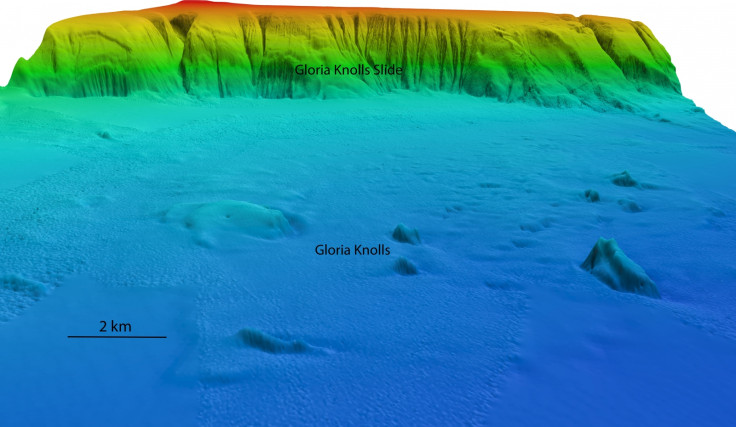Great Barrier Reef: 27m high tsunami caused world's biggest underwater landslide
300,000-year-old corals stretching for 20km tell the story of the historic event.
Huge lumps of rock and coral found scattered near the Great Barrier Reef are the remains of a huge ancient underwater landslide stretching for 20km and measuring 8km wide.
The event is thought to have happened more than 300,000 years ago, when a tsunami struck the coastline of present-day Australia, according to a paper published in the journal Marine Geology.
The underwater landslide, 75km off the Queensland Coast at a site now known as Gloria Knolls Slide, shifted about 32 cubic kilometres of sediment. That's more than 30 times the size of Uluru, the famous red monolith in Australia's Northern Territory. The landslide stretches for 20km along the coast, up to 8km wide and its depth ranges from 250m to more than 1km .
It is thought that a tsunami is the likely cause of the event. To shift that much sediment, it would have to have been about 27m high. That is roughly the same as the 2004 Indonesian tsunami, which was up to about 30m high in places.
Fallout from the event is scattered over a wide area in the Queensland Trough, forming knolls more than 300m high and 3km long. They harbour both living and fossilised corals – including gorgonian sea whips, bamboo corals, molluscs and stalked barnacles – providing a clue to the age and origin of the knolls.

"We were amazed to discover this cluster of knolls while 3D-multibeam mapping the deep Great Barrier Reef seafloor," said study author Robin Beaman of James Cook University, Australia, in a statement.
"The oldest fossil corals recovered off the top of the knoll was 302,000 years old, which means the landslide event that caused these knolls must be older," said Angel Puga-Bernabéu of the University of Granada, Spain, also a study author.

In addition to the knolls, there are 70 smaller blocks of debris. This unusual underwater landscape was what prompted dredging and further investigation of the reef seafloor using 3D imaging.
"What we discovered was the smoking gun," Beaman told BBC News. "It was quite clear that those knolls were the remains of a very large undersea landslide that had occurred some time ago."

© Copyright IBTimes 2025. All rights reserved.






















